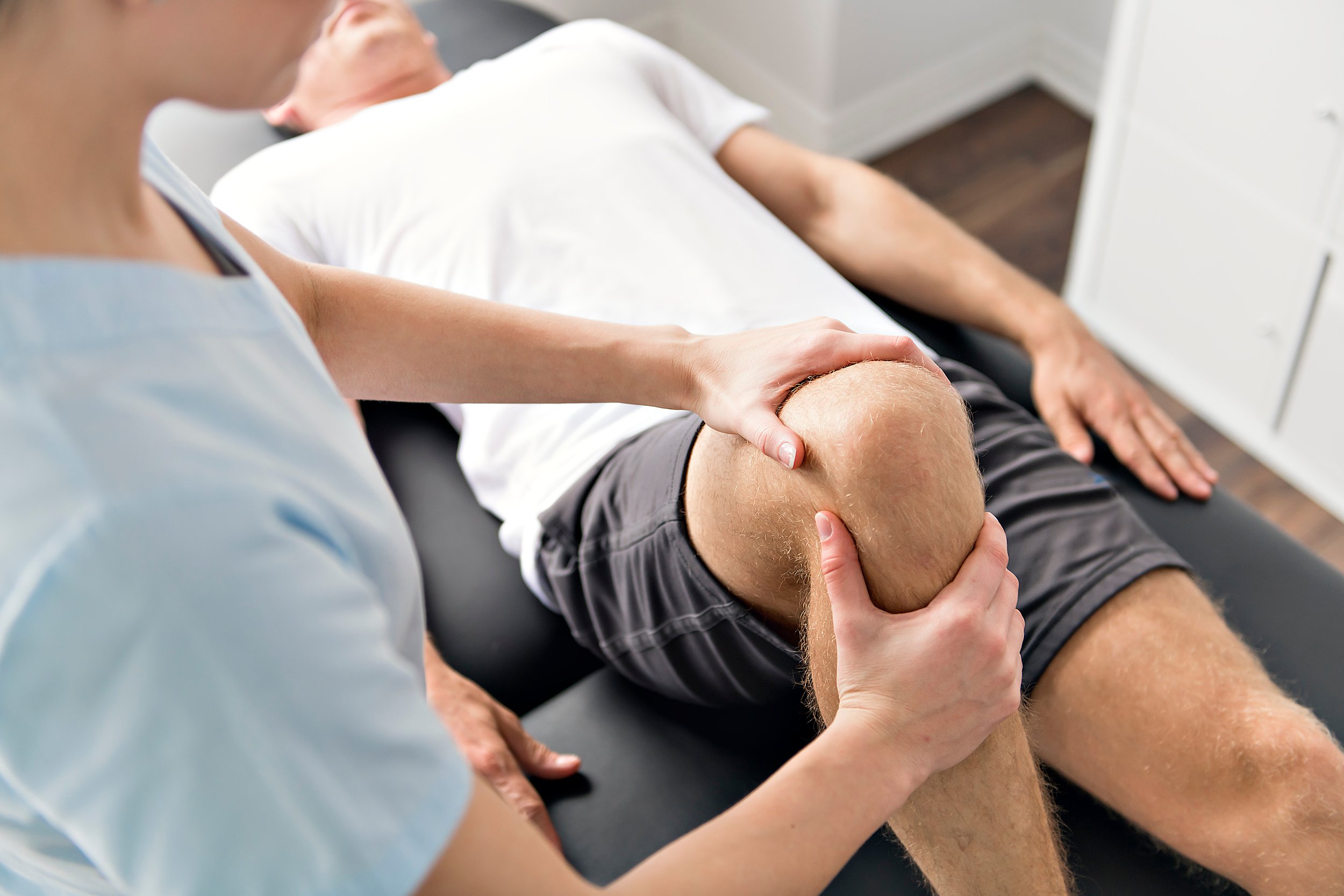
Athletic Therapy
Athletic Therapy
Athletic Therapy, led by highly skilled professionals known as Athletic Therapists, specializes in assessing, rehabilitating, and preventing musculoskeletal injuries. This comprehensive approach involves a blend of rehabilitative exercises and manual techniques, ensuring a holistic treatment for patients. Athletic Therapists treat a wide range of patients and injuries, from sports injuries to overuse or work injuries.
They use various treatment techniques, including rehabilitative exercise programs, joint mobilization techniques, instrument-assisted soft tissue mobilization (Graston Technique), and electric modalities (TENS, ultrasound, IFC).
Experience the difference with athletic therapy at Equilibrium Wellness! Our skilled athletic therapist specializes in assessing, rehabilitating, and preventing musculoskeletal injuries, offering a holistic approach tailored to your unique needs.
Whether recovering from a sports-related issue, dealing with overuse injuries, or seeking relief from work-related strains, our comprehensive techniques, including rehabilitative exercises, manual therapy, and advanced modalities, will help you return to your best self.
No matter your activity level, our treatments are designed for everyone, from everyday movers to competitive athletes. Book your appointment today and take the first step towards recovery and enhanced well-being! Your journey to better health starts here.
Commonly asked questions:
-
Both athletic therapists and Physiotherapists treat the same types of injuries. Athletic Therapists are musculoskeletal injury specialists and, therefore, focus on assessing and managing musculoskeletal injuries. As a result, they follow the sports medicine model of rehabilitation, which primarily uses strength, range of motion, and proprioceptive exercises to return people to their regular activity. Physiotherapist education includes various specialties, including musculoskeletal, respiratory, cardiovascular, and advanced neurological conditions.
-
Athletic therapy can benefit anyone with a musculoskeletal injury. While its roots are in sports medicine, the priorities and processes apply to any injury.
-
Please bring clothing that you feel comfortable in, and that will allow the athletic therapist to access the injured area. If you do not bring any spare clothing, you will have clothing and gowns to borrow. We want you to be as comfortable as possible with your assessment and treatment.
During the first appointment, most of the time will be spent conducting an in-depth initial assessment followed by a short treatment. The assessment determines the nature and severity of your injury while providing valuable information to create a follow-up treatment plan. You will be assigned specific exercises you can do at home, and adherence to your home program is crucial to improving your condition.
Subsequent treatments incorporate manual therapy techniques, rehabilitative modalities, prescriptive exercise and home care programming.
